Basic information
The brake system consists of the main brake cylinder, brake booster and disc brakes of the front and rear wheels. The hydraulic braking system has two circuits acting diagonally. One circuit acts on the front right / rear left brakes, the second circuit acts on the front left / rear right brakes. If one of the circuits fails, for example, due to fluid leakage, the vehicle is braked by another circuit. The fluid pressure in both circuits is created by a dual master brake cylinder acting from the brake pedal.
The brake fluid reservoir is located in the engine compartment, above the master brake cylinder. It supplies brake fluid to the entire system.
The brake booster on a gasoline engine accumulates part of the vacuum created in the engine intake pipe. When you press the brake pedal, the force on it is reduced due to the reinforcing action of the vacuum. Since the diesel engine does not have the necessary suction vacuum, diesel engine models have a special vacuum pump. The vacuum pump is mounted forward on the cylinder head and is driven by the camshaft.
The car has both front and rear disc brakes with a floating caliper caliper. With this design, one piston ensures that both brake pads are pressed against the brake disc.
Dirt and water on the surface of the brake pads lead to the formation of grooves on the surface of the brake discs, which reduces the braking performance.
When cleaning the brake system, dust is released that can be harmful to human health, so brake dust must not be inhaled.
ABS/ Brake Assist /EBV/EDS
ABS: The Anti-Lock Braking System prevents the wheels from locking when the vehicle is braked hard. This helps to maintain control of the car during braking and increases traffic safety.
Emergency Brake Assist: Based on the speed of the brake pedal and the pressure on the pedal, the electronic system of the booster recognizes an emergency situation. In such a situation, the booster automatically increases the brake pressure set by the driver within milliseconds to the limit of wheel lock.
EBV: Electronic Brakeforce Distribution uses ABS hydraulics to distribute the brake force between the front and rear wheels. Since the electronic EBV system is much more sensitive than a mechanically operated brake force regulator, a much larger control range is used.
When driving in a straight line, the rear brakes are involved in full force in the braking process. In order to ensure the stability of the vehicle also when braking when cornering, it is necessary to reduce the involvement of the rear brakes in the braking process. The EBV system receives information from the ABS speed sensors whether the vehicle is moving straight ahead or making a turn. When making a turn, braking by the rear brakes is reduced. Thanks to this, the rear wheels can maintain maximum lateral traction.
EDS: Electronically Locked Differential, brakes spinning wheels when pulling away. Thanks to this, the torque is redistributed to the "pulling" wheels.
The electronic locking differential is active when starting off and is switched off automatically when the speed reaches 40 km/h. The advantages of this system are the absence of a negative impact on driving performance and the preservation of driving comfort when starting the car.
Note:
Work on the electronically controlled elements of the braking and driving systems may only be carried out by suitably trained specialists.
Notes on ABS/EBV/EDV systems
A safety circuit in the electronic control unit ensures that the system switches itself off in the event of a defect (eg broken cable) or too low operating voltage (battery voltage below 10 V). This is indicated on the instrument panel by the ignition of control lamps. The normal braking system remains functional. When braking, the car behaves as if there is no ABS.
If the ABS warning light comes on while driving:
1 . Stop the car, turn off the engine and start it again.
2 . Check battery voltage. If the voltage is below 10.5V, charge the battery.
3 . Check if the battery terminals are securely fastened and if there is a good contact.
4 . Raise and place the car on stands, remove the wheels and check the electrical wires of the speed sensors for external damage (points of chafing). A more thorough check of the ABS/EBV/EDV systems should be carried out in a workshop.
Source: http://carmanz.com/audi/a4-b6-2000-2004/6590-a420009-0.html

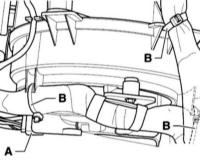
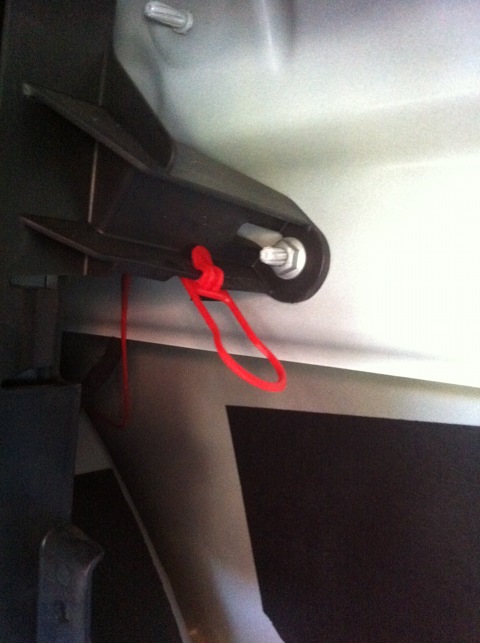
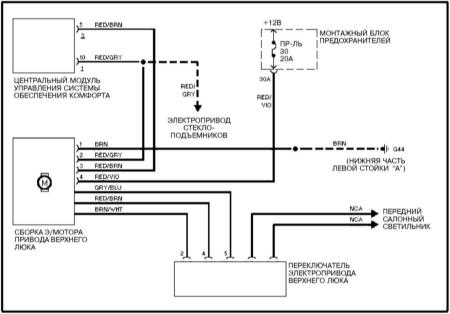
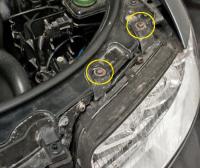
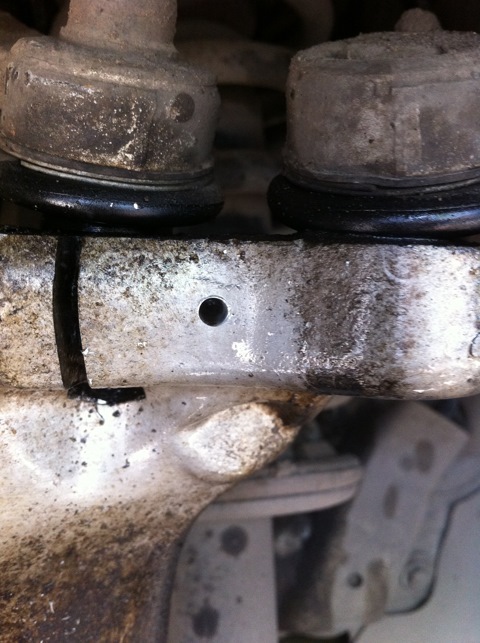


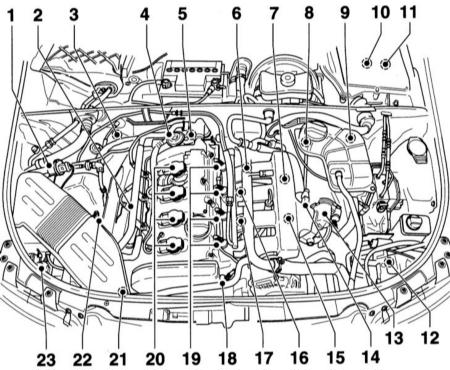
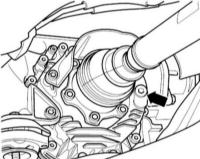
![B6 [2000 - 2005]](/uploads/Audi_A4_2000-2005_B6_.jpg)